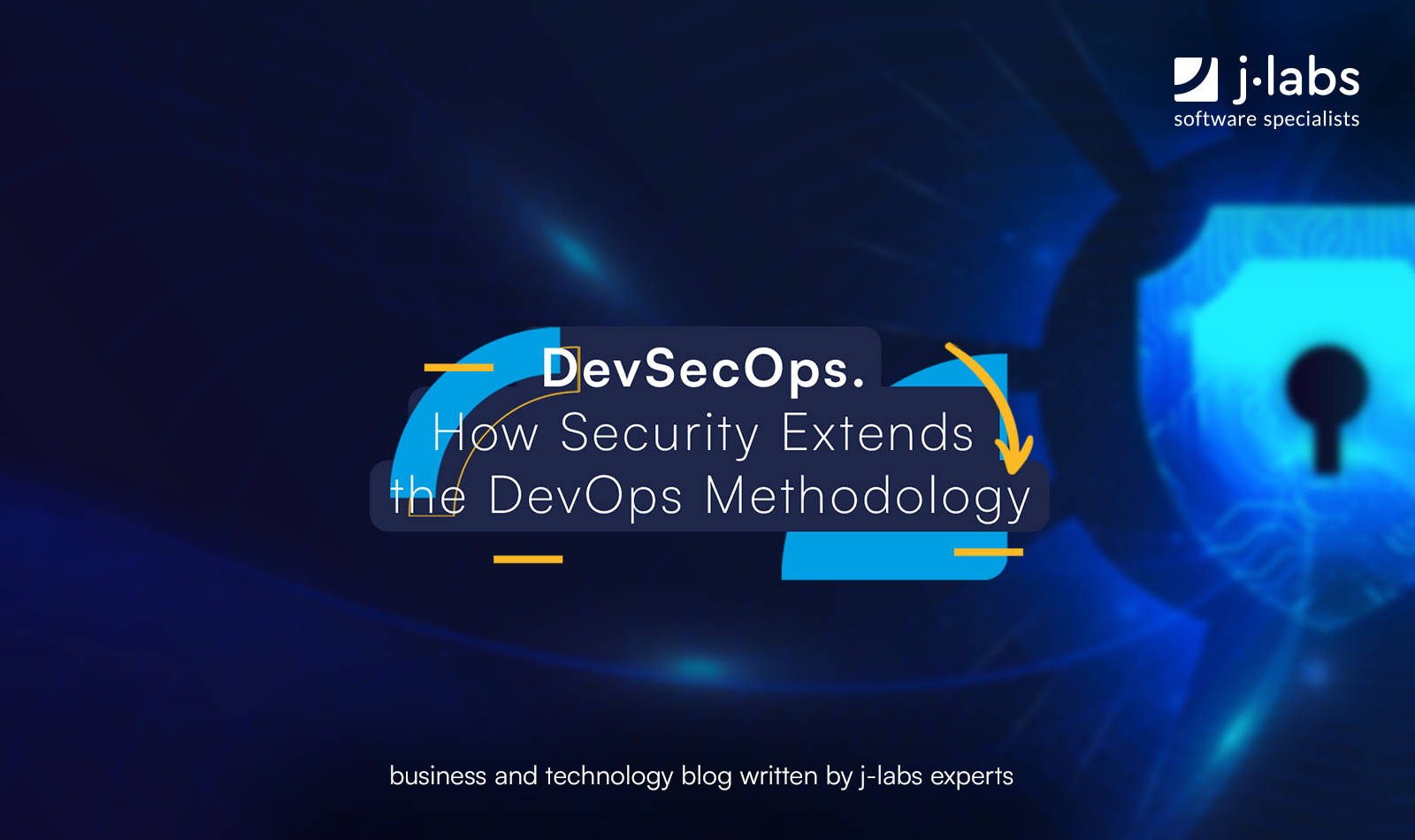Fixed Price vs. Time&Material Model – Which One Should You Choose?
Do you know what really has a significant impact on the quality, flexibility, and cost of IT project delivery? We suspect the first thing that comes to your mind is choosing the right team (whether in-house or through outsourcing) or a strategic approach to project management. But there’s one more aspect that is talked about much less often, and yet it also matters: the cooperation billing model. The two most commonly used models are Fixed Price (meaning a set price) and Time & Material (flexible billing based on the actual team resources used).
Although at first glance Fixed Price may seem like a safe choice, in practice, the Time & Material model is the one that supports transparency, a partnership-based approach, and cost optimization more effectively. That’s something every project owner cares about.
Let’s take a closer look at both models to understand the business value the right billing approach can bring to your projects. Time and Material or Fixed Price – which one to choose?
Fixed Price. Stability, or the Illusion of Predictability?
The Fixed Price model is based on a valuation created from a predefined scope of work. The budget and delivery time are fixed, and all variables need to be anticipated in advance (and anyone who has ever worked on an IT project knows how challenging that is).
At the start, Fixed Price definitely seems appealing: in theory, it looks like a safe solution. The client knows how much they’ll pay, and the provider has a clearly defined scope of responsibilities, from A to Z (or in practice: from kick-off to debriefing). However, in reality, this model has some significant limitations, such as:
- Low Flexibility – because any changes require renegotiating the contract (and in some cases, it won’t be possible at all), which unnecessarily prolongs the process;
- Potential Hidden Costs – of course, in any partnership, you should carefully examine costs and contract clauses to avoid hidden charges, but when it comes to Fixed Price, the provider may include a kind of “safety buffer” to minimize their own risk, which artificially inflates the estimate;
- Minimum Effort Approach – situations where the provider aims to complete the project as quickly as possible and is reluctant to do additional work (“it wasn’t in the budget”), which negatively affects the overall quality of the project;
- Difficulty in Defining Variables During Cost Estimation – it’s impossible to predict everything during the estimation phase, which later may lead to tensions in the client-provider relationship.
For all these reasons, Fixed Price is best suited for small, well-defined projects, where the risk of change is low and the scope is easy to plan.
Time & Material – Flexibility, Transparency, and a Partnership Approach
On the other hand, we have the popular Time & Material model. It’s based on billing for the actual time worked and resources used. This approach works especially well in modern IT projects, where the scope evolves and the client is open to a partnership-based, honest relationship that can deliver real, tangible value.
The Time & Material model offers:
- A High Level of Flexibility and Adaptability – want to modify the project scope? Or maybe add a new feature to the app? In T&M, you can change priorities or scope without needing to renegotiate the contract.
- Cost Transparency – the client has full insight into real expenses and knows exactly what they’re paying for; if you outsource some activities, the contractor should settle with you based on an activity report. This is exactly how we operate here at j‑labs. With us, there are no hidden costs.
- Partner-Style Cooperation – the IT team and the client are working toward the same goal; this supports better alignment of solutions to real business needs, and instead of just a “service provider,” you work with a true business partner.
- Resource Optimization – want to increase operational efficiency and work in line with Agile methodology? The T&M billing model makes it possible.
Time and Material or Fixed Price – Which One to Choose?
In an Agile environment, the priority is iterative value delivery and a truly fast (even agile!) response to change, so Time & Material is a natural choice for many business owners. At j‑labs, we stand by the Time & Material model because it enables true partnerships, full cost transparency, and flexibility in adapting to changing market conditions. Want to learn more? Let’s be in touch!
P.S. If you’d like to learn more about how Agile supports effective IT project management, check out our article: Agile – What Kind of Approach Is It & How to Use It in Client Collaboration?
Meet the geek-tastic people, and allow us to amaze you with what it's like to work with j‑labs!
Contact us



